Why are Lynx keeping back details on their new Aurora(n) converter interfaces?
New release amid spate of competing converter and interface models
Several audio interfaces and converters were announced at this year’s NAMM show, including a new generation of Aurora(n) interfaces from Lynx. However, they are being rather sheepish and holding several key details from us. Come on, this is audio interface war!
Lynx Aurora(n) Converter Interfaces
I use Lynx Aurora-16 interfaces on a semi-regular basis in at least two studios I use. For a long time, these units have represented excellent value for money compared to other high-end converters. They’ve almost become a piece of kit we take for granted. They sound great and are very reliable. Because they have no fans, they can be left to quietly get on with the job, never really needing any attention. A new range of Auroras is big news, at a time when we are seeing manufacturers taking quite different approaches to this kind of product.
The new range offers four base models; 8, 16, 24 and 32-channels, all within a 1U rack space. But this is not just about the number of channels. As you’d expect, Lynx say they have upgraded the converter technology from the existing Aurora range. They’ve done this with technology they designed for their Hilo ‘mastering grade’ converter and some new FPGA chips. According to Lynx’s co-owner and Chief Hardware Engineer, Bob Bauman, “The result is a converter that not only sounds better, but also offers several unique features we know audio pros will love”.
The new converters will now also sport two headphone ports on the front panel. For connectivity there are 4 optional cards to choose from: USB, Thunderbolt, Pro Tools HD and Dante. This is a very smart way for Lynx to cover all the bases, and it’s great to see AoIP being offered. Also soon to be available are three more option cards: one for analogue summing, a pre-amp card and a digital card for AES and ADAT.
However, that’s all we know for now. It will be interesting to learn more about the analogue summing card and how it’s controlled. That’s definitely something we haven’t seen in other interfaces yet. However, in a similar way to the new RME Fireface UFX II interface, this new range of Aurora(n)s will offer direct-to-SD-card recording. This is going to be great for live recording, field recording and to act as a simple back-up recording solution.
This is all great news, but they’re clearly leaving out some juicy information. For example, the mention of FPGA and new headphone ports must mean there is some new DSP on-board. Unless, of course, the headphone ports are just additional outputs, but that doesn’t seem likely in today’s market. No one has seen the rear of one of these units either, so how many option cards can you install? For example, can you have a Thunderbolt card and a Pro Tools HD card in at the same time? What about these new option cards for mic pre-amps and analogue summing? How many pre-amps can be simultaneously installed? All these numbers and various configurations matter. Potential buyers need to calculate if there is an Aurora(n) option that offers them something more suitable than brands such as Focusrite, Antelope, Apogee, Ferrofish and so on. I suspect there might be some really interesting news to follow, but until then we will have to watch this space.
More Information
There’s some information available on Lynx’s website, but more information should follow in February when these units are supposed to be shipping. Lynx have however already issued this table of recommended retail prices for the US:
| Number of Channels | USB | HD | Thunderbolt | Dante |
| 8 | $2,799 | $2,799 | $3,199 | $3,299 |
| 16 | $3,899 | $3,899 | $4,299 | $4,399 |
| 24 | – | $4,999 | $5,399 | $5,499 |
| 32 | – | $6,099 | $6,499 | $6,599 |
2 responses to “Why are Lynx keeping back details on their new Aurora(n) converter interfaces?”
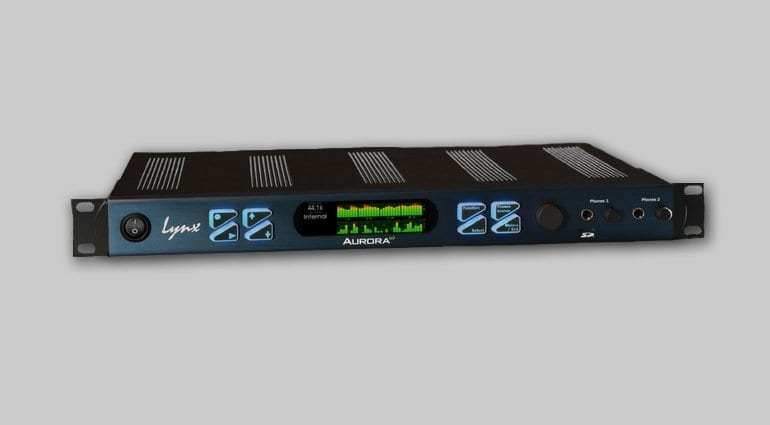

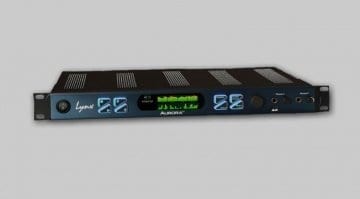

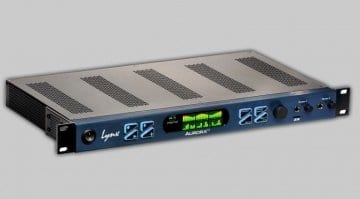
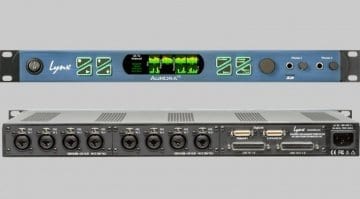
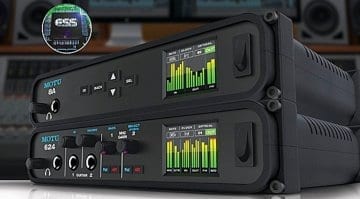
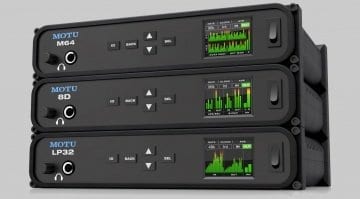
There is a picture of the rear panel in this sweetwater placeholder listing for the 32-TB version: https://www.sweetwater.com/store/detail/AuroraN32TB
Thank you Arks. So there is, and it’s not what I expected! It appears the connectivity option cards are combined with the audio I/O. I wonder if this will limit the possible configurations? It also shows there isn’t much room in a 1U case.